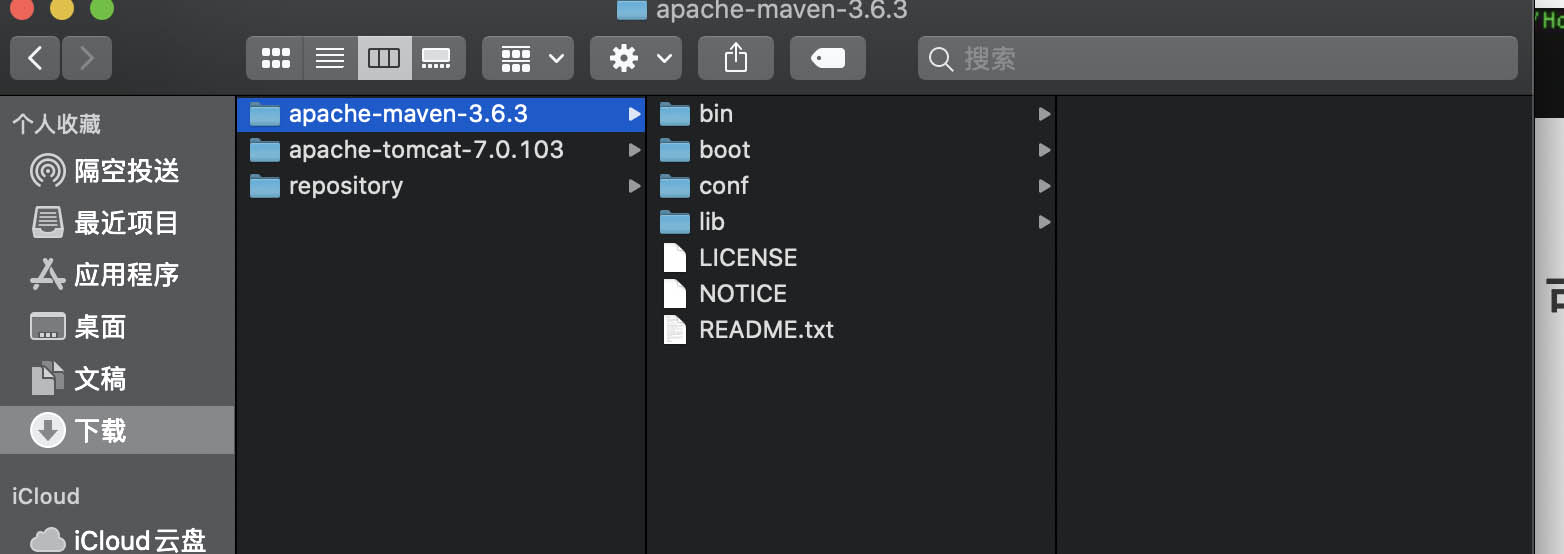Incrementing Char Type In Java(Java中的递增字符类型)
问题描述
在练习 Java 时,我随机想到了这个:
While practicing Java I randomly came up with this:
class test
{
public static void main(String arg[])
{
char x='A';
x=x+1;
System.out.println(x);
}
}
我以为它会抛出一个错误,因为我们不能将数值 1 与数学中的字母 A 相加,但是下面的程序运行正确并打印
I thought it will throw an error because we can't add the numeric value 1 to the letter A in mathematics, but the following program runs correctly and prints
B
这怎么可能?
推荐答案
在 Java 中,char 是数字类型.当您将 1 添加到 char 时,您将进入下一个 unicode 代码点.如果是 'A',下一个代码点是 'B':
In Java, char is a numeric type. When you add 1 to a char, you get to the next unicode code point. In case of 'A', the next code point is 'B':
char x='A';
x+=1;
System.out.println(x);
请注意,您不能使用 x=x+1,因为它会导致隐式缩小转换.您需要改用 x++ 或 x+=1.
Note that you cannot use x=x+1 because it causes an implicit narrowing conversion. You need to use either x++ or x+=1 instead.
这篇关于Java中的递增字符类型的文章就介绍到这了,希望我们推荐的答案对大家有所帮助,也希望大家多多支持编程学习网!
本文标题为:Java中的递增字符类型


基础教程推荐
- 从 python 访问 JVM 2022-01-01
- 如何在 JFrame 中覆盖 windowsClosing 事件 2022-01-01
- 不推荐使用 Api 注释的描述 2022-01-01
- 多个组件的复杂布局 2022-01-01
- Java Swing计时器未清除 2022-01-01
- 验证是否调用了所有 getter 方法 2022-01-01
- 在 Java 中创建日期的正确方法是什么? 2022-01-01
- 大摇大摆的枚举 2022-01-01
- Java 实例变量在两个语句中声明和初始化 2022-01-01
- 如何在 Spring @Value 注解中正确指定默认值? 2022-01-01

















